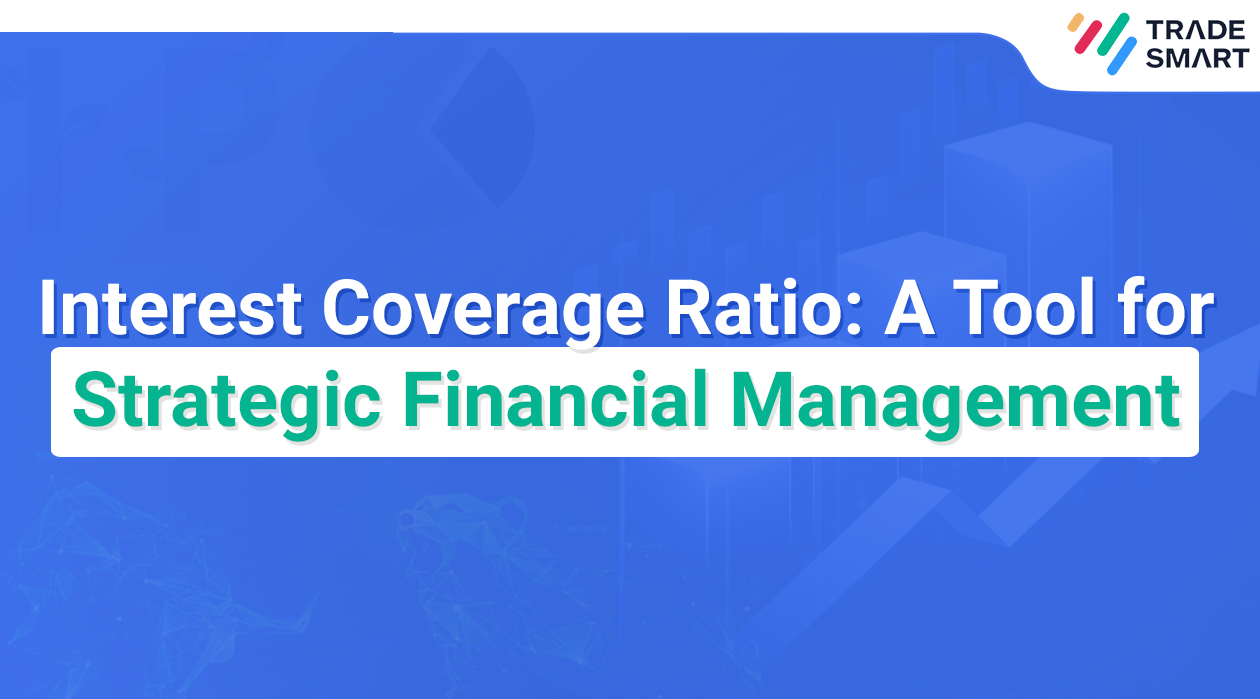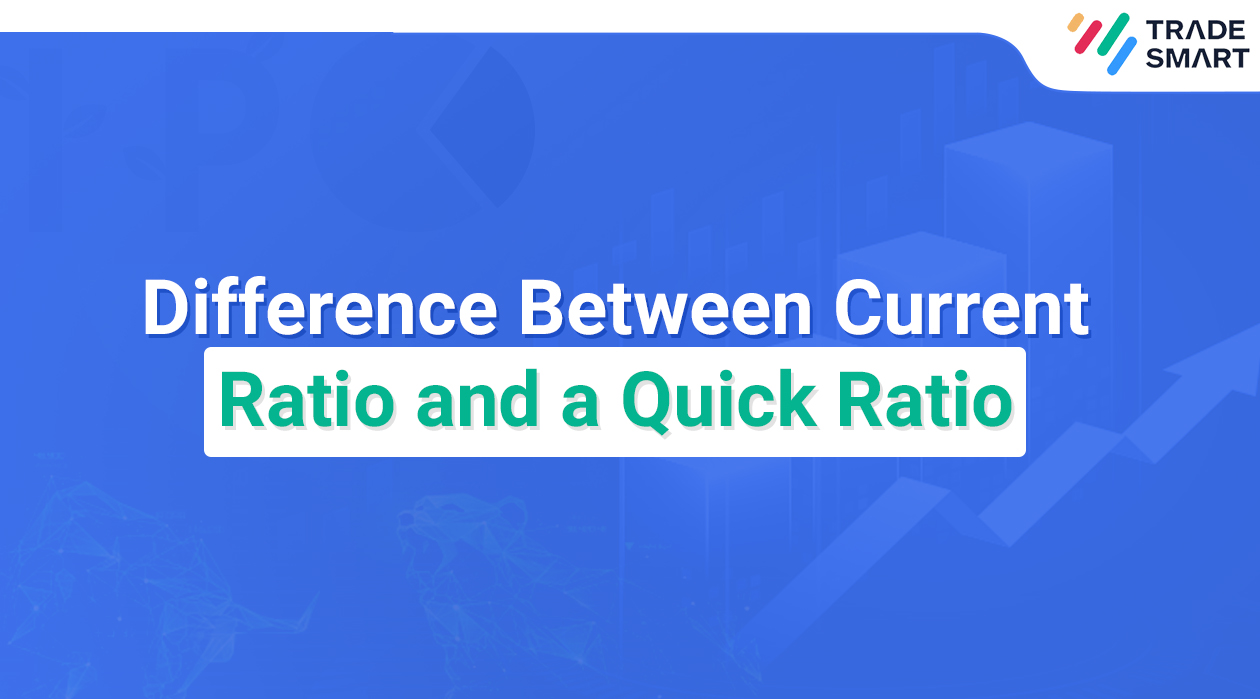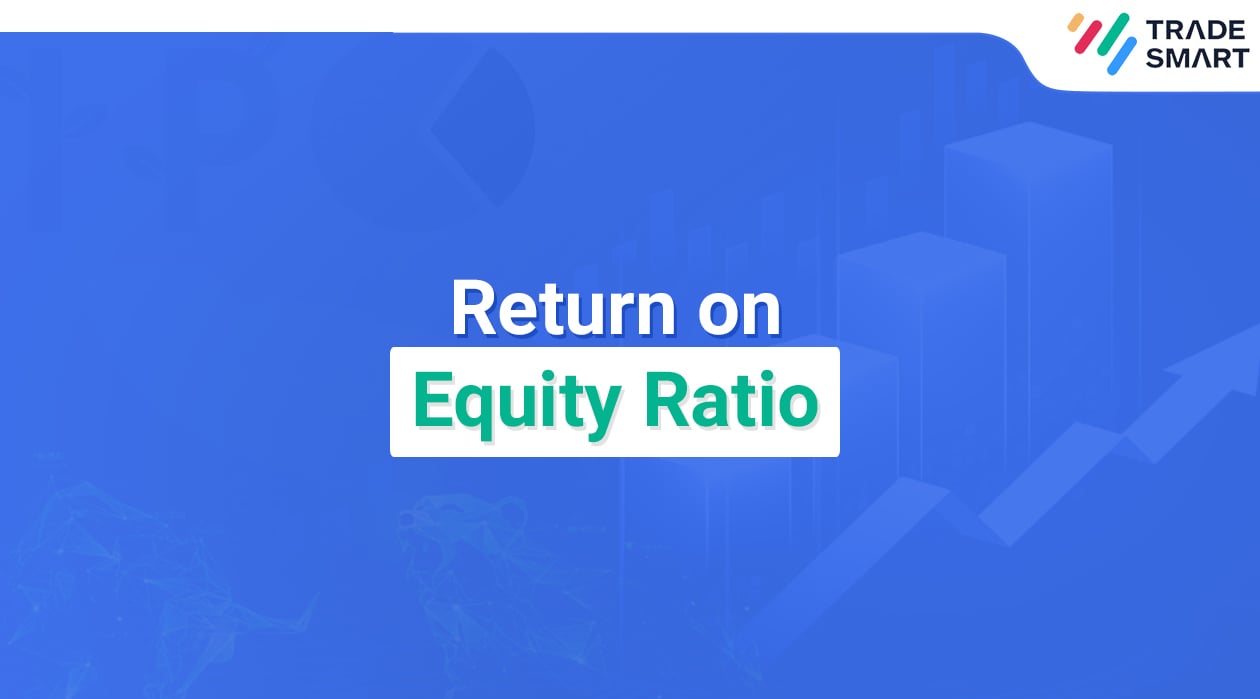A painter used to sell his paintings. A few weeks later, the painter realised how precious his paintings were.
So, he went to his customers and bought back the paintings at an increased price.
Sounds strange?
This is quite a standard procedure in the stock market and is known as share buybacks or stock buybacks.
So, what is share buyback?
A share buyback is a decision made by a company to repurchase its shares from its shareholders.
When a company repurchases its shares from the market, it impacts the financial statements.
Directly reflecting the same in the balance sheet both on the assets and liabilities side, a reduction in liquid cash due to buyback decreases the current asset (cash available).
On the other hand, shareholder’s equity decreases when buyback occurs, affecting the liability side of the balance sheet too.
A buyback increases the proportion of shares owned publicly by its investors and reduces the number of shares outstanding in the market. This activity also boosts the respective proportion of earnings per share, thus decreasing the price to earnings ratio (P/E ratio).
The buyback ratio is the amount of cash a company spends on the buyback of its common share throughout the duration.
Upon completing the entire repurchase procedure, shares are cancelled to represent them as no longer available publicly or outstanding and are held as treasury shares with the respective companies.
But what exactly is share buyback meaning?
Share buyback definition
The share buyback, also known as a share repurchase, is an activity by any company or corporation when it purchases its shares available in the open market or through a tender offer to its existing shareholders. There is an increase in the prices of concerning shares to reduce the number of shares outstanding in the prevailing market, thereby increasing earnings per share (EPS) already.
So, how does a company repurchase its shares?
Methods of share buyback
A stock buyback is executed using open market operations, fixed price tender offer, Dutch auction tender offer and a direct agreement with the shareholders.
Open market stock buyback
In an open market, stock buyback happens directly from the market, and the company buys shares from the markets through their brokers. The company’s brokers are responsible for executing the buyback transactions.
The buyback of shares, most of the time, is a lengthy procedure because whenever the company decides on a stock buyback, it buys a large number of stocks. Unlike other buyback methodologies, there is no legal obligation on the company to finish the buyback program.
Hence, the open market stock buyback method provides a company with the comfort of being able to cancel the share buyback anytime. The benefit of open market share buyback happens to be the cost-effectiveness of the method, and the company can buy the shares at market price without paying a premium for the same.
Fixed-price tender offer
The fixed-price tender offer is an agreement that allows shareholders to buy back the stocks on a specific date and at a fixed price. The tender price is mostly higher than the current share price, including a premium.
After the tender is released, shareholders who want to sell their stock inform the company about the number of shares they are willing to sell.
After which, the fixed-price tender offer becomes an obligation to complete the share buyback within a stipulated time.
Dutch auction tender offer
The Dutch auction offer is a type of agreement that delivers a range of prices to shareholders where the minimum cost of the range is more than the market price.
After the agreement’s release, the shareholders start bidding by declaring the number of shares they are willing to sell at the minimum price.
The biddings declared by the shareholders are then reviewed, after which the company decides the most agreeable price from the previous range to complete the buyback procedure.
The primary benefit of this buyback method is that the company can decide the buyback price directly with the help of the shareholders.
Direct negotiation
In this method, a company can directly approach a shareholder or a group of shareholders to buy back shares. Here, the purchase price of the share is higher than the market price and includes a premium.
One of the significant advantages of repurchasing shares directly from the shareholders is the opportunity given to the company to negotiate with them directly.
This method can benefit the company by cutting costs under various circumstances.
But, a slight disadvantage could be the time consumed during the process.
Significance of share buyback
It is often believed that an announcement of share buyback hints toward upcoming profits in the company’s prospects. Such information is expected to influence the overall market price of the company’s shares.
The typical reason believed by the investors when hearing a share repurchase announcement is expected acquisitions or new product launches with improved product lines.
Overall, the significance of share buyback is an increase in the market valuation of a company. Such positive news helps attract the attention of potential investors, thereby improving the company’s image.
But, specific companies also tend to decide on share buybacks irrespective of their profitable situation. This activity aims to prevent the erosion of already existing capital.
Hence, before deciding on their investment options through buyback, the investors should look at other metrics like the market trend of the stock or earnings per share.
Looking at other metrics will help investors make well-informed decisions while understanding their implications.
Merits of share buyback
Dividends are one of the most direct ways to return the profits to the business owners.
They receive cash payouts in alignment with the percentage of ownership they carry but initiating this process would make them demand it every other year, so giving out so much cash pressurises them.
Hence, stock buybacks can have a lot of advantages if used efficiently:
A positive impact on share prices
Whenever a company reinvests the capital, this happens for two main reasons; to spare having to take additional debt and deliver a higher share price.
When this happens, the financial board of the company in question carries this out because they feel that the shares are currently at a low price, and hence repurchasing them now would result in no loss.
For other stakeholders like the company’s investors, this is considered a signal of confidence from the management’s side that everything is going smoothly.
They would accept this decision because such decisions are taken after careful analysis, so they would know that such a move won’t happen for shares that are known to decline later.
Tax Saving and Efficiency
When a company pays out dividends, they also have to pay a tax percentage.
But, when they choose share buybacks as one of their ways to return profits, the increasing share prices are exempted from the tax bracket.
When sold back to the company, the holder of such shares is recognised as having taxes on capital gains.
So practically and conceptually, the holders who do not sell them gain better rewards and pay no taxes.
Flexibility
Once dividend payouts begin, every passing year becomes more taxing for the company since the investors demand dividends every year irrespective of constant or increasing rewards.
If they do not, it might upset the investors and make them unhappy, which again brings up more risk for them as it would lead to investor distrust, and the share values might drop.
Share buybacks, in this case, are a much better option as they have control over it.
Counterbalancing dilution
Companies that start expanding will require talent in terms of retainment and acquisition.
If stock options are made available to retain the existing employees, such continuous use might even increase the company’s outstanding shares.
This decision would reduce the value of the current shareholders, and buybacks would help offset it.
Dodge Poor investment decisions
For companies wanting to grow, suitable investments are the key, and they require both patience and capital that, in turn, can be raised from the equity or debt.
If it is raised from equity, the investors would demand an inevitable return in terms of profits, and if it is borrowed, the lenders would want their money back with interest.
If a business ends up being messy about its decisions, it will lose a lot of credit and trust. It also leads to creating low value for the shareholders.
Instead, the cash balance should be used to buy back stock as an option and not further the investments. If the latter is exercised, the company gets pressured to provide a better return on shareholdings.
Demerits of share buyback
Stock Buybacks have received a fair share of criticisms and disagreements regarding their objective to create value for the company it is involved with, specifically for its shareholders.
A few of those criticisms are as follows:
Faulty and poor use of cash
If you keep a few factors like gains and time in mind, stock buybacks are beneficial for short period gains in terms of the price of the shares involved. The profits are short-lived, small, and destroy the longevity of your investment.
The used cash has a thousand more profitable ways of being reinvested. Hence, it simply indicates a wrong and under-researched way of investing.
Many companies prefer filling up their portfolios or something called stockpiling because such cases might provide gains in the long term.
Share Buyback through debt
If we consider the present scenario, which is being struck by the pandemic, the entire economy is in an upheaval.
Before this happened, buybacks of most companies were majorly financed by debt, and low-interest rates fueled them to borrow cash to spend on such a practice. This activity would positively affect their stock prices but be restricted to the short term only.
If the company fails to clear off the debt on time, it would directly affect its future performance and financial health. Sometimes, they may even have to file for bankruptcy.
Critics say that such a strategy is not farsighted, and such plans do not end up well in the longer term.
Missing out on good investment opportunities
If the money is reinvested in the company, it can have both good and bad impacts. Suppose they buy back shares to boost the prices of their current shares without extensive research and analysis on alternative investment sources.
In that case, they miss out on areas that could have given them a much more significant cash benefit than just repurchasing the stock. This decision would harm the company’s shareholders in the long run.
Companies flooded with money end up having a wreck in the stock market.
Due to continuous exceptional performance, a few companies that offer stock buybacks have accumulated plenty of cash.
Even though this works positively for the company because of higher valuations, the shareholders receive less value.
This value reduction happens because the money used for buybacks could have generated better earnings for shareholders if used for other opportunities with a better return.
Stock-based compensation to members
A range of publicly listed companies provides compensation to senior-level employees in stocks, which seems to lessen the value created by other company shareholders.
The employees who accept such offers may indirectly help the company conceal the exact and accurate picture of the impact of such compensation on the company’s total shares.
How is share buyback different from dividends?
Share buybacks and dividends are both companies’ ways of benefiting the shareholders. However, they are entirely different in their fundamentals.
To clearly understand the matter, here is a detailed comparison chart between dividends and share buybacks.
| S. no. | Basis | Dividends | Share Buybacks |
| 1 | Meaning | Dividends are the profits earned by the company that are allocated, partly or wholly, to existing shareholders of the company. | A share buyback is the surrendering of a portion of shares by the surrendering shareholders to the company in return for a premium amount. |
| 2 | Number of shares | When a company offers dividends to its existing shareholders, the number of outstanding shares of the company remains the same. | When a company executes repurchasing of shares from its surrendering shareholder, the number of outstanding shares of the company decreases. |
| 3 | Occurrence | Offering dividends to reward shareholders has been a regular activity for Indian companies. | The practise of repurchasing shares is a rare scene for Indian companies. |
| 4 | Benefiting parties | Dividends benefit the existing shareholders. | Share buybacks benefit the surrendering shareholders. |
| 5 | Taxation | The dividends are taxed at three levels. | A dividend distribution tax of 20 per cent is deducted from the earnings used to buy back shares. For investors, it is taxed as capital gains. |
| 6 | Types | Dividends can be classified into regular, annual, special, or one-time dividends. | Share buybacks cannot be categorised into different genres. |
| 7 | Supply of the shares | Dividends do not lead to a lack of supply in the number of outstanding shares of the company. | Share buybacks tend to reduce the supply of the number of outstanding shares of the company. |
| 8 | PE Ratio | Dividends show no direct effect on the PE Ratio. | Share buybacks tend to reduce the PE ratio. |
| 9 | Influence | Dividends are current payouts and are not influenced by expected future prices. | Share buybacks signify future earnings. Hence, the future stock price influences the share buyback value leaving uncertainty about gains. |
| 10 | Net worth | Dividends do not contribute substantially to the net worth of the company. | Share buybacks are an excellent methodology for building the company’s net worth. |
Final thoughts
We have understood how share buyback signifies expected earnings, and they boost the company’s net worth.
Both existing and potential shareholders should keep tabs on the buyback prospects of a company to make well-informed investment decisions.
However, to gain a crystal clear understanding of the fundamentals of share buybacks, one should also understand how it affects investors, existing shareholders and the firm from a comprehensive perspective.











